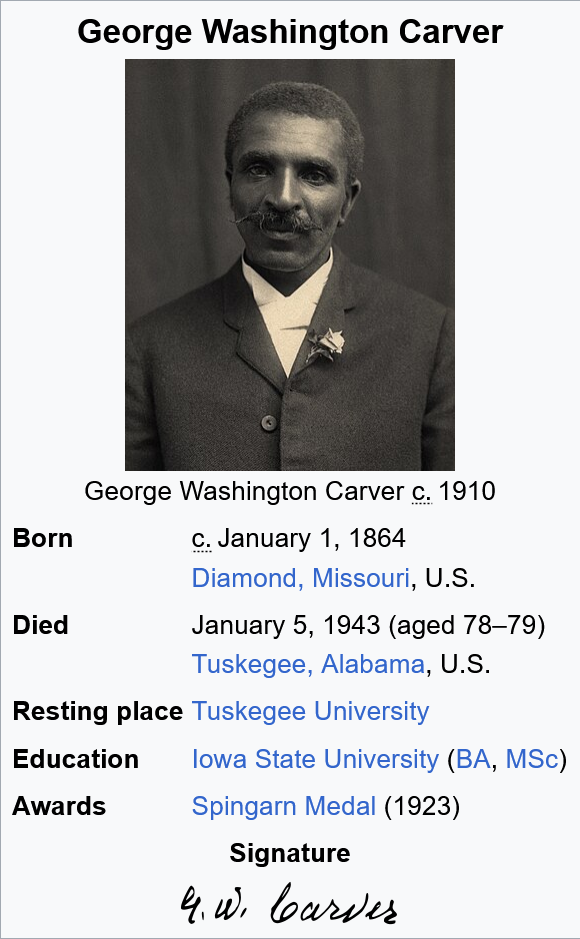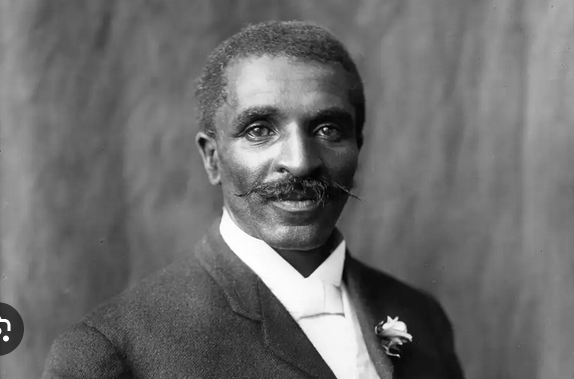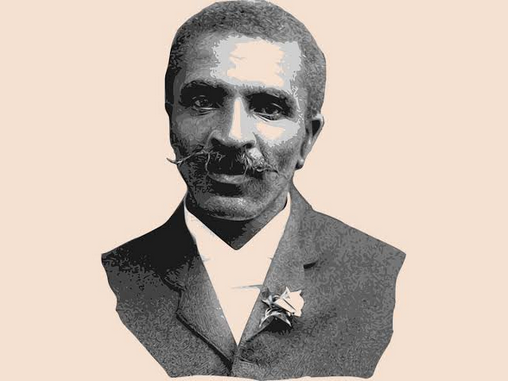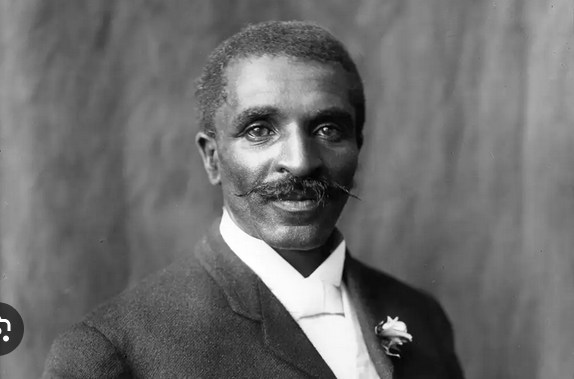https://en.wikipedia.org/wiki/George_Washington_Carver




Early Life
- Birth: Born circa 1864 (exact date unknown) in Diamond, Missouri.
- Parentage: Born into slavery; his parents were owned by Moses Carver. His father died in an accident before George was born, and his mother was kidnapped and never found.
- Adoptive Family: After emancipation, Moses and Susan Carver raised George and his brother James.
- Health Issues: Was frail and sickly as a child, leading him to do household chores and pursue an education instead of manual labor.
- Love of Nature: Developed a deep interest in plants, nature, and art during childhood.
- Education Challenges: Faced significant obstacles to obtaining an education due to racial discrimination but persisted, traveling to multiple schools to gain knowledge.
Education
- High School: Attended a series of schools in Kansas and Iowa to complete his high school education.
- College: Became the first Black student at Simpson College in Indianola, Iowa, in 1890, initially studying art.
- Switch to Agriculture: Encouraged by a teacher to focus on agricultural science; transferred to Iowa State Agricultural College (now Iowa State University).
- Academic Achievement: Earned a bachelor’s degree in agricultural science (1894) and a master’s degree (1896).
- Expertise: Studied plant biology, mycology (study of fungi), and agricultural chemistry.
Career at Tuskegee Institute
- Joining Tuskegee: Invited by Booker T. Washington to join Tuskegee Institute in Alabama in 1896.
- Role: Taught sustainable farming techniques to help poor farmers, particularly African Americans, improve crop yields and soil quality.
- Focus on Peanuts: Developed numerous uses for peanuts, although he did not invent peanut butter (a common misconception).
Scientific Contributions
- Crop Rotation: Advocated for crop rotation and the use of nitrogen-fixing plants like peanuts and sweet potatoes to replenish soil nutrients.
- Innovations:
- Developed over 300 products from peanuts, including dyes, plastics, gasoline, and cosmetics.
- Created 118 products from sweet potatoes, such as flour, rubber, and adhesives.
- Made products from pecans, soybeans, and other crops.
- Sustainability Advocate: Promoted the use of alternative crops and agricultural practices to reduce reliance on cotton.
Recognition and Legacy
- Awards: Received the Spingarn Medal from the NAACP in 1923.
- Consultant to Leaders: Advised U.S. President Theodore Roosevelt and other leaders on agricultural and racial issues.
- Global Influence: Worked with Mahatma Gandhi on agricultural techniques and self-sufficiency in India.
- Peanut Controversy: Presented his peanut-based inventions to the U.S. Congress to support tariff protection for farmers.
- Legacy: Renowned for his humility, philanthropy, and dedication to improving the lives of the poor.
Later Life and Death
- Lifestyle: Lived modestly and donated much of his earnings to Tuskegee and research initiatives.
- Patents: Held only three patents, despite his numerous inventions.
- Death: Died on January 5, 1943, in Tuskegee, Alabama, and was buried on the campus of Tuskegee Institute.
Impact
- Symbol of Progress: Became a symbol of African American achievement in science and education.
- Cultural Recognition: Commemorated in museums, schools, and institutions across the U.S.
- Honors: Featured on U.S. postage stamps, and George Washington Carver Day is celebrated in several states.
